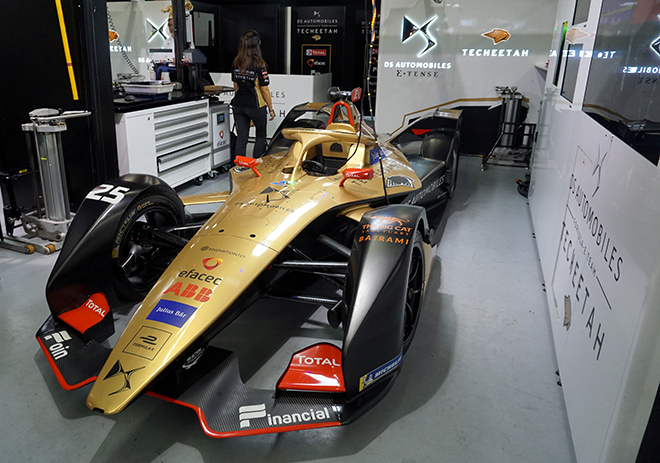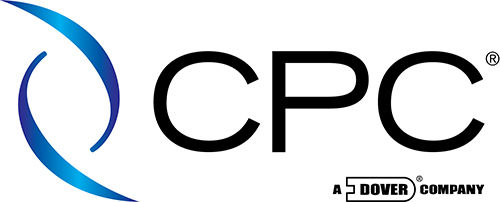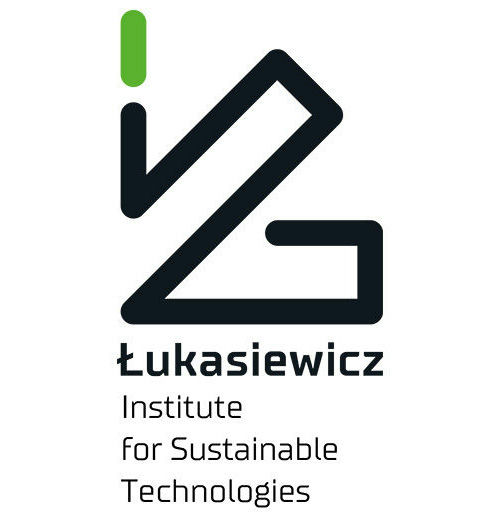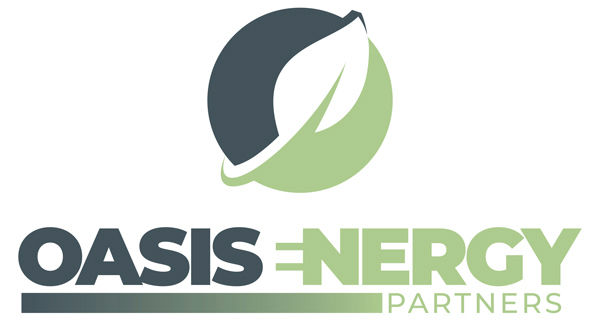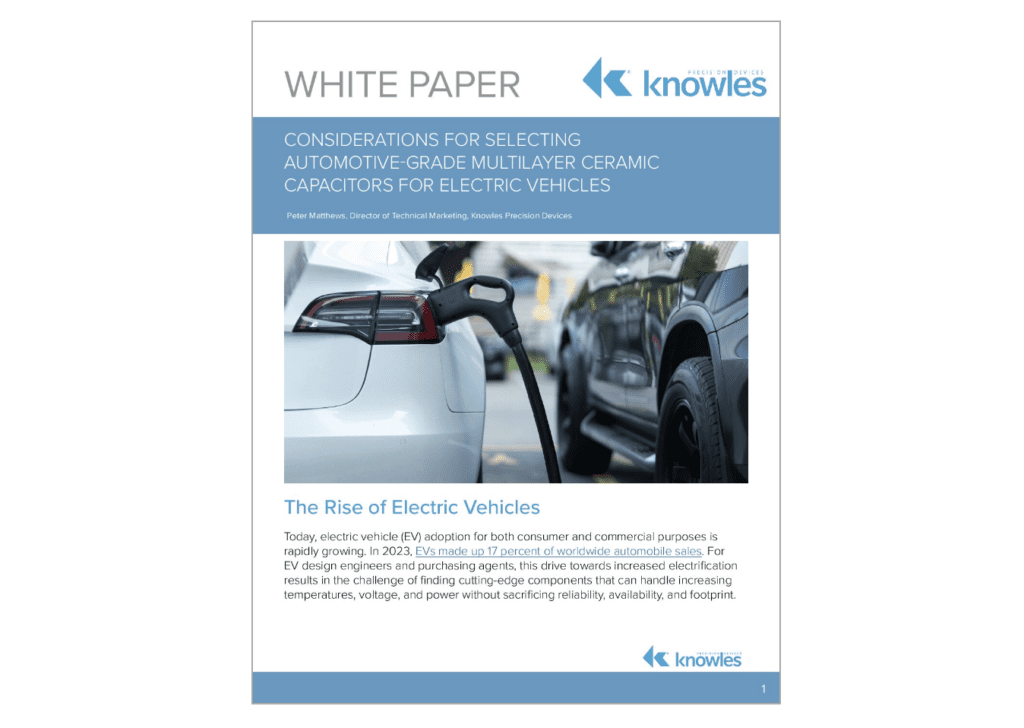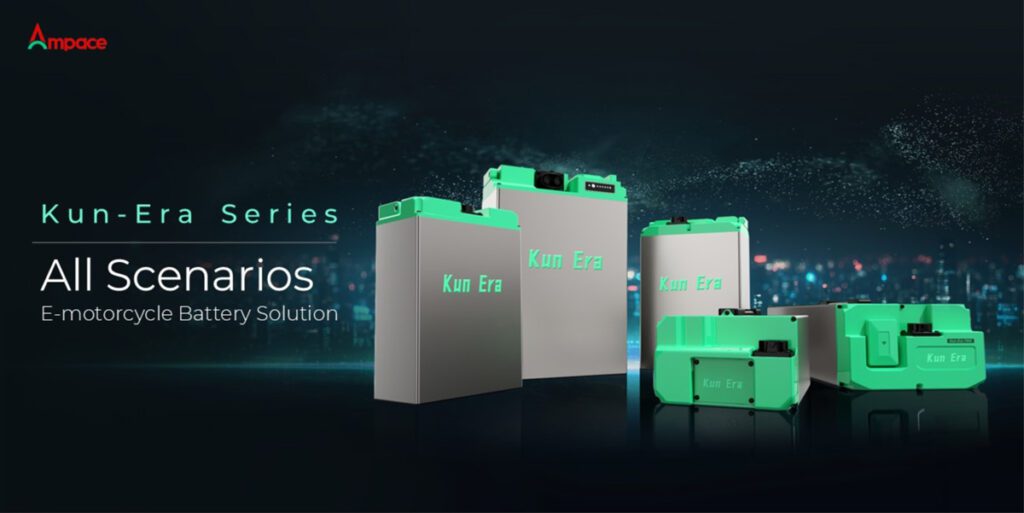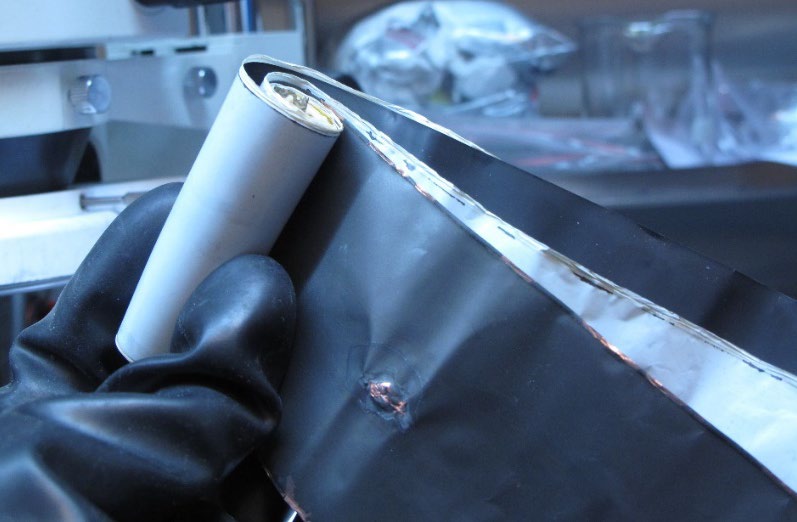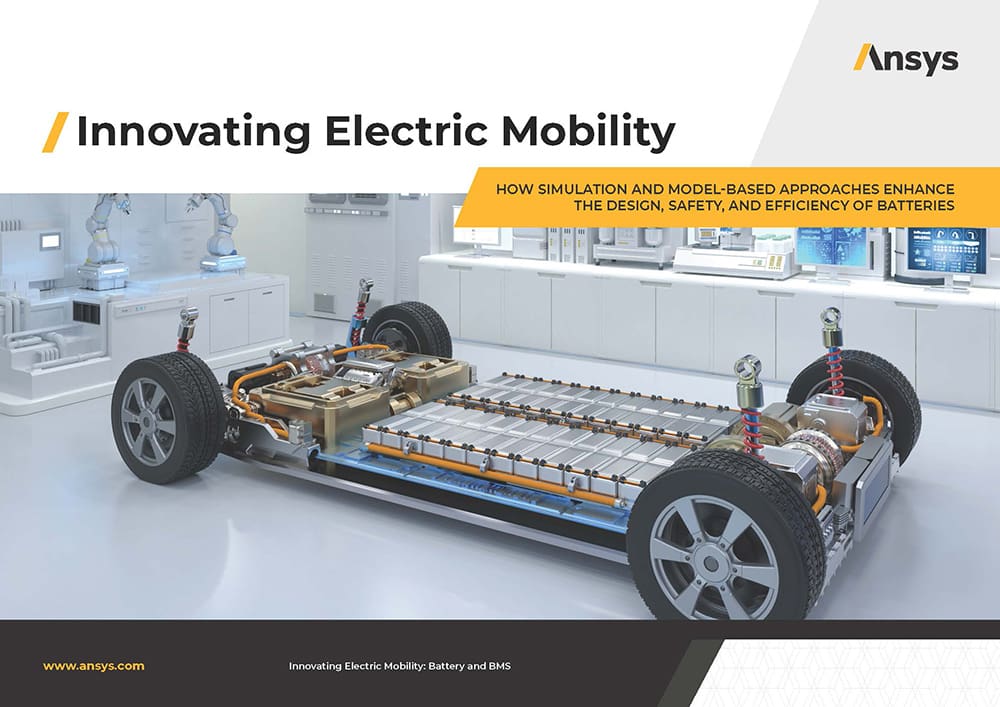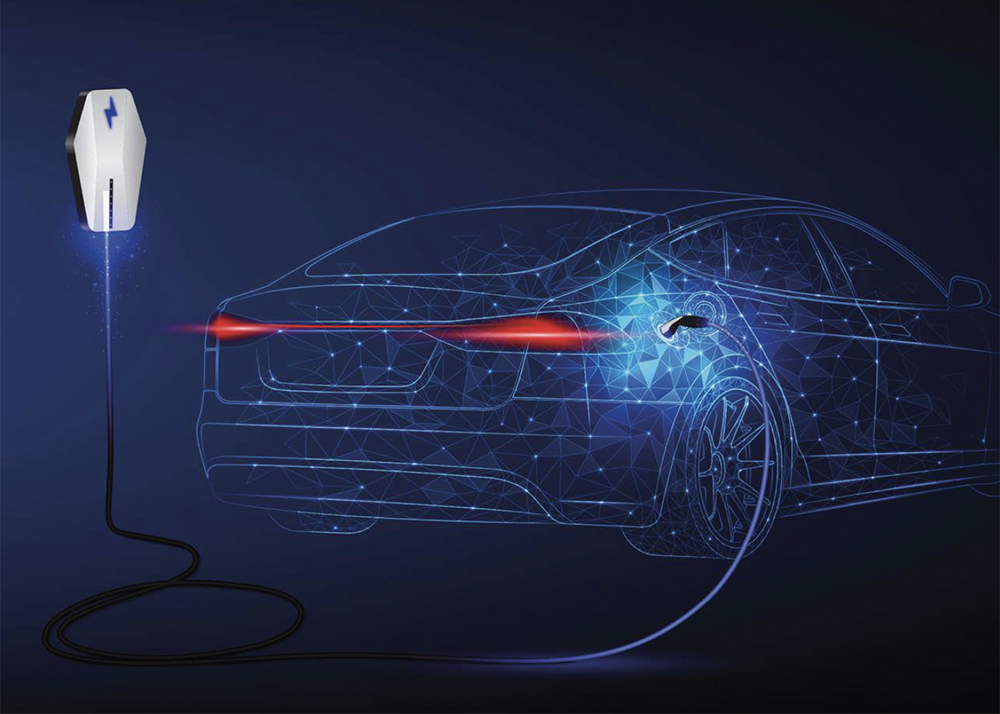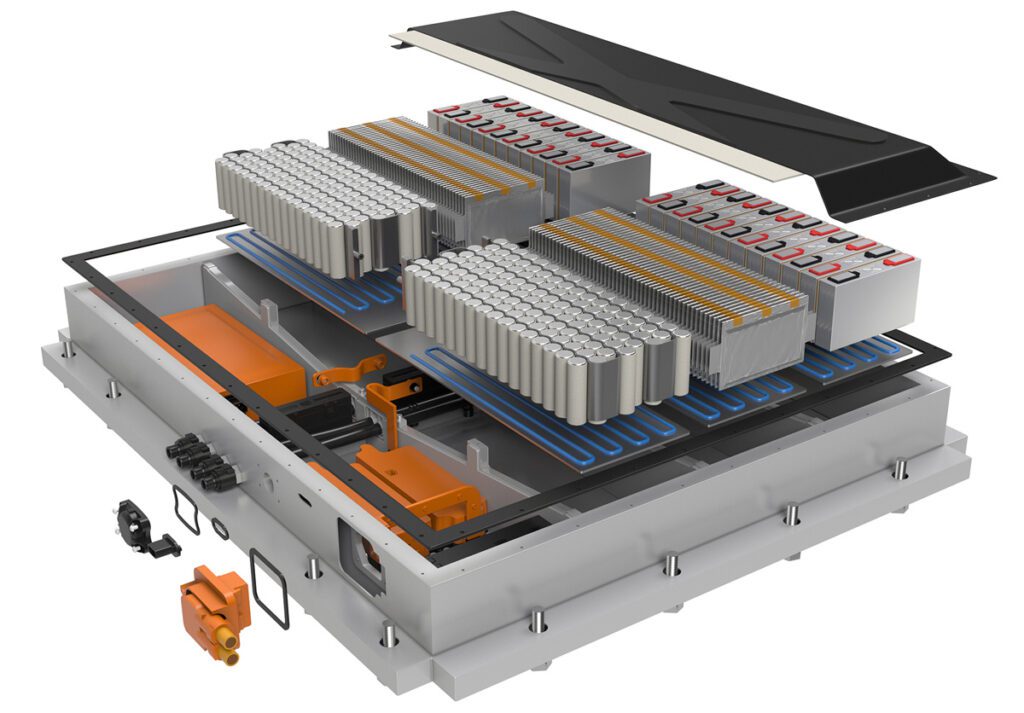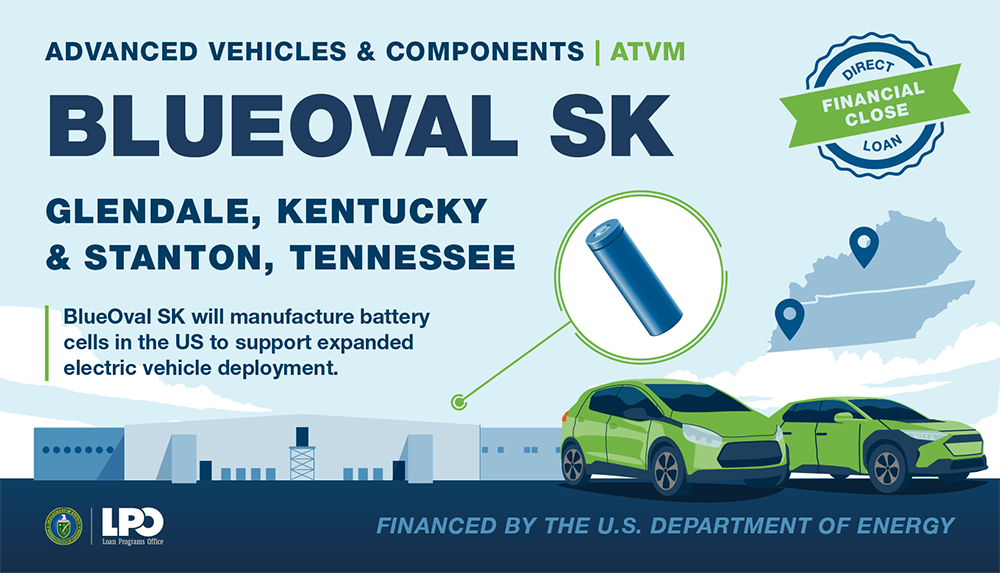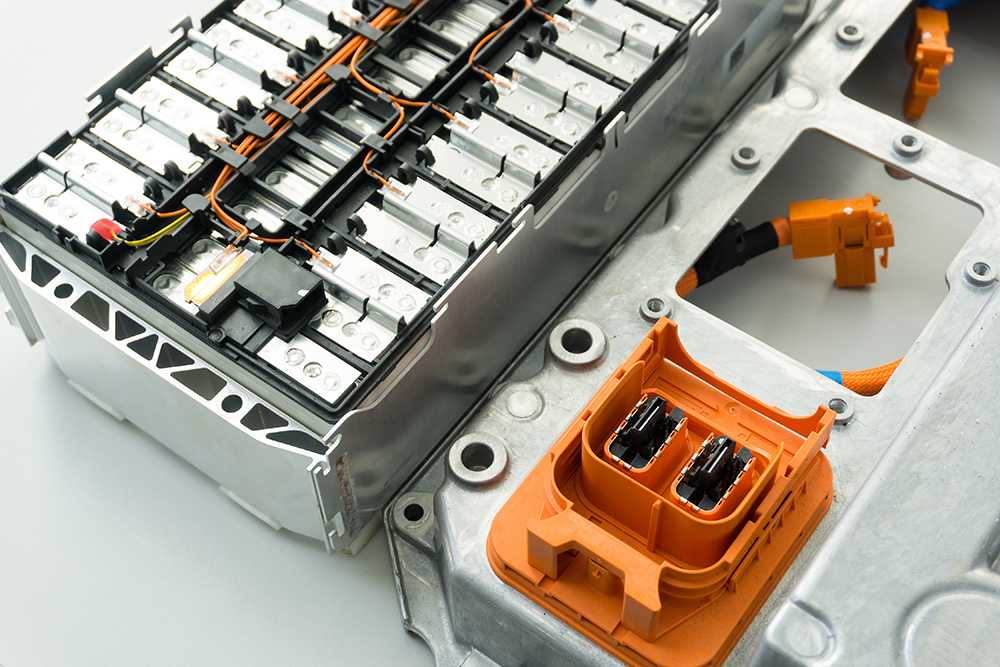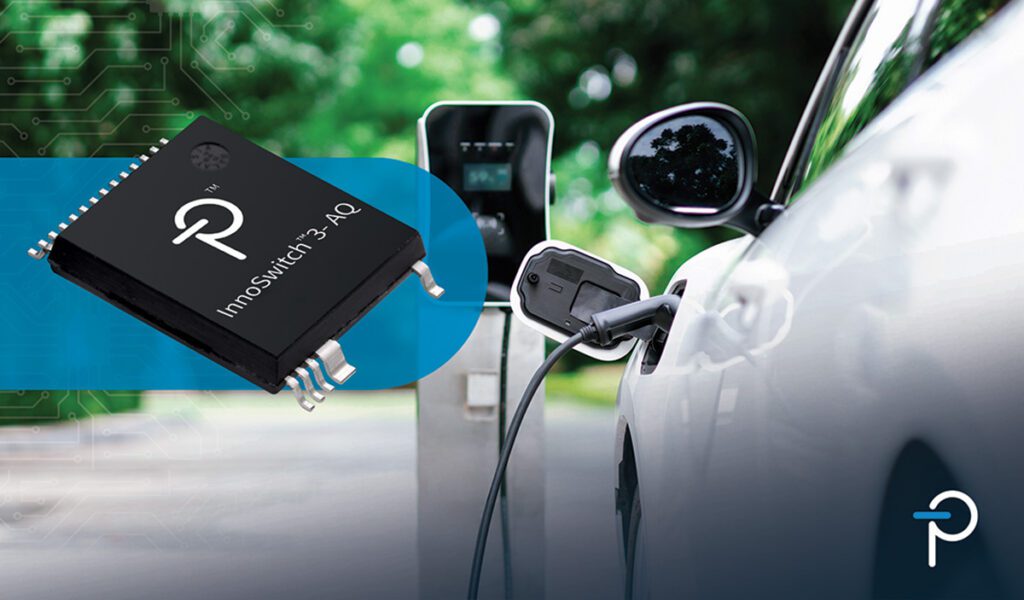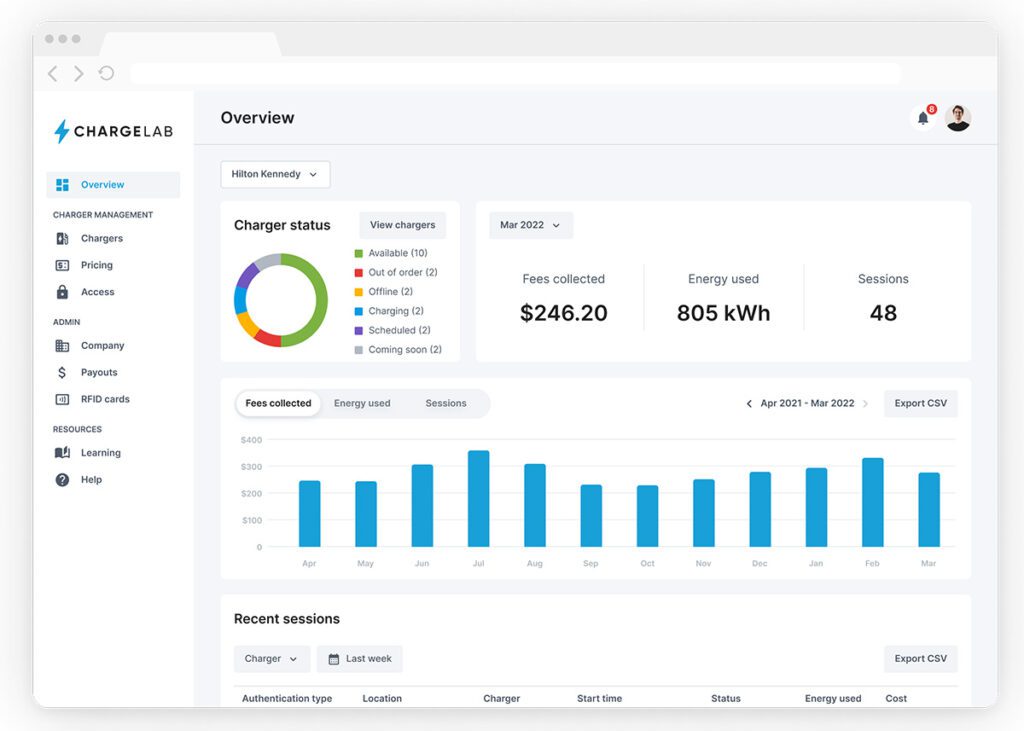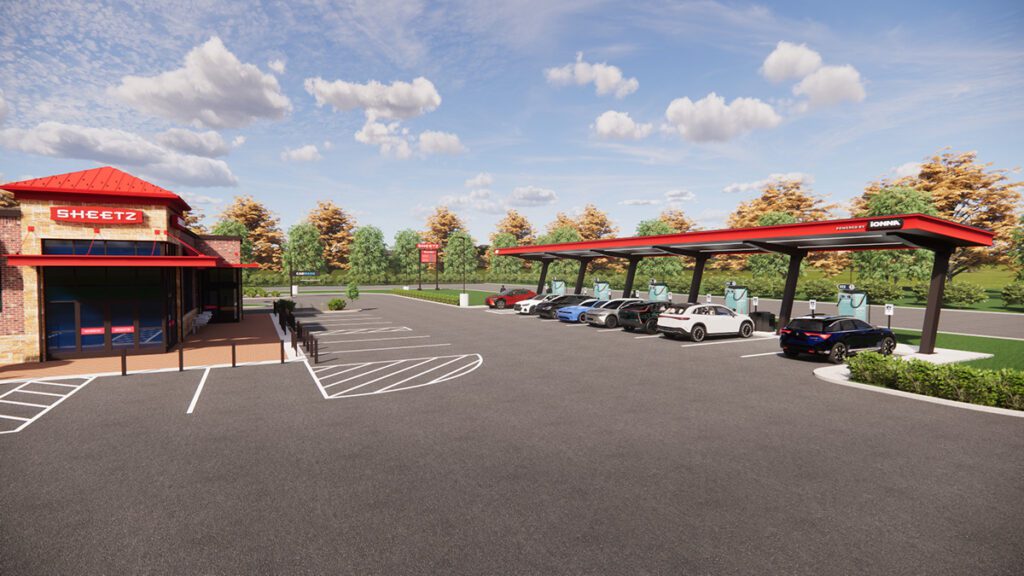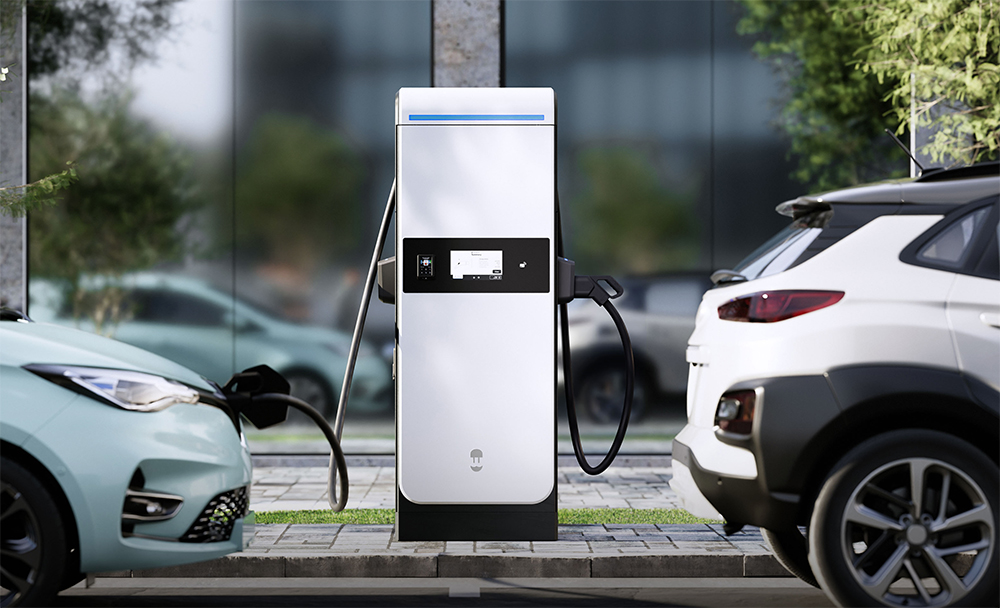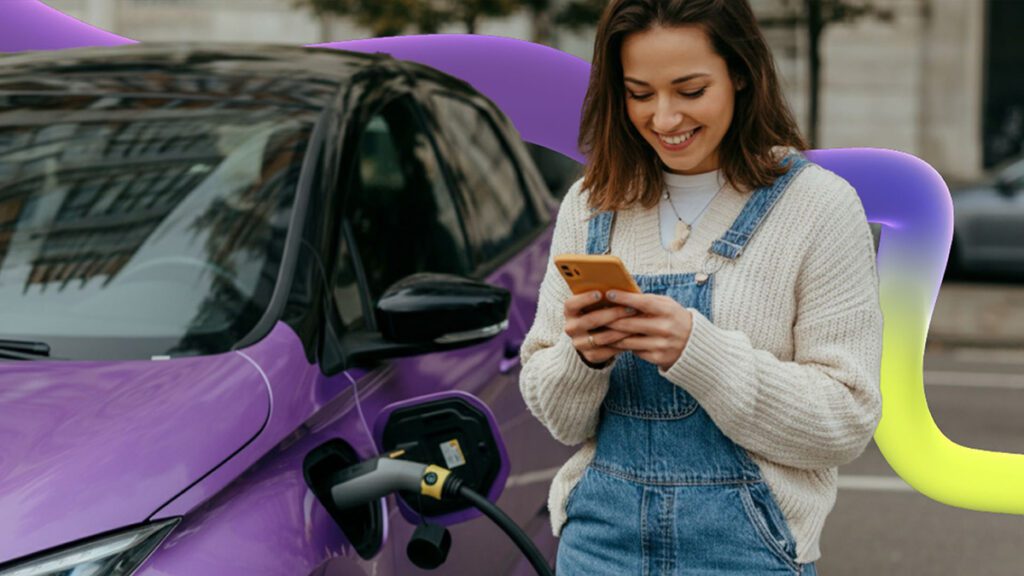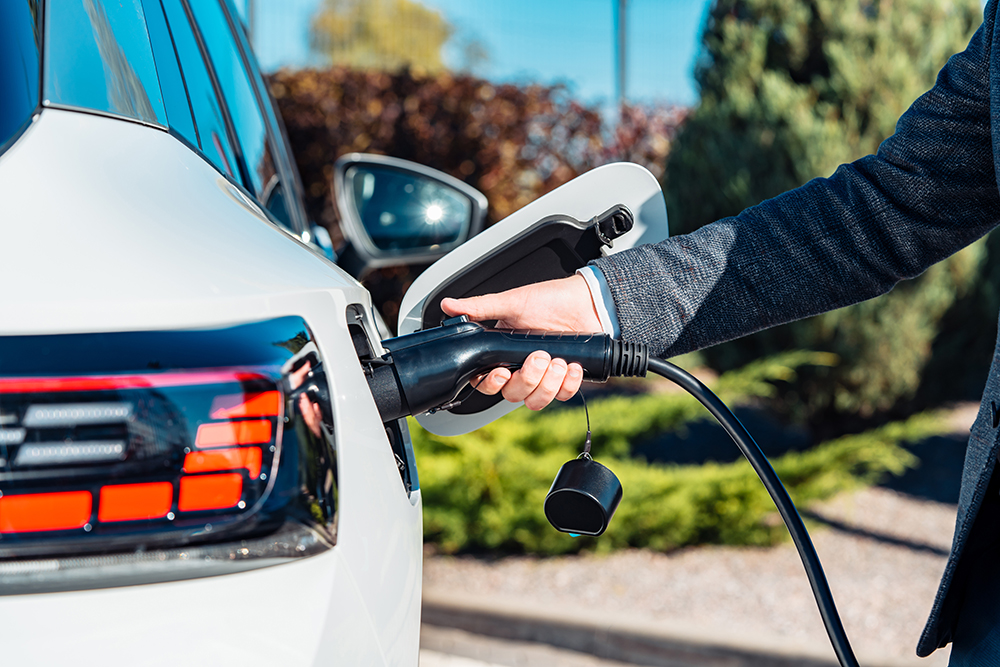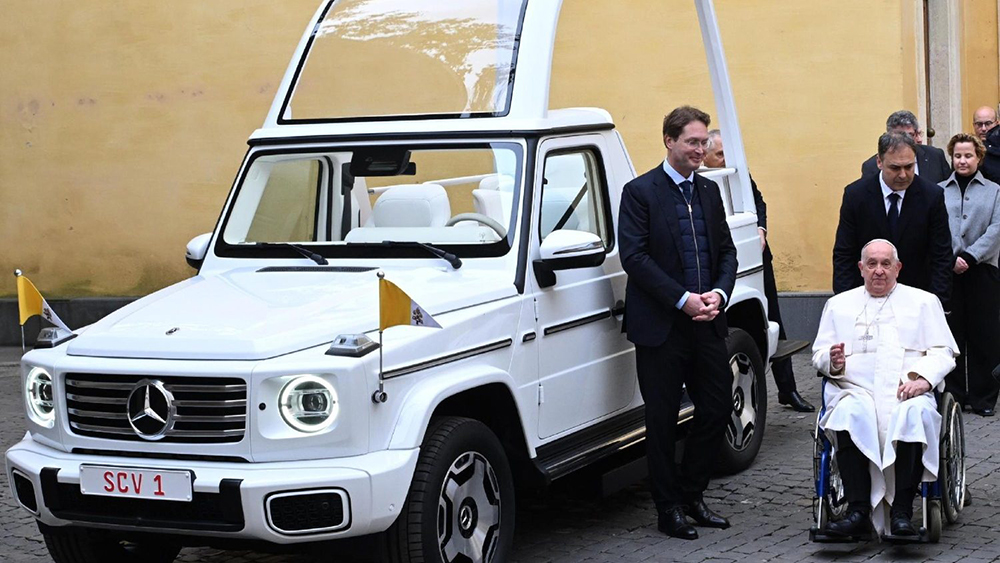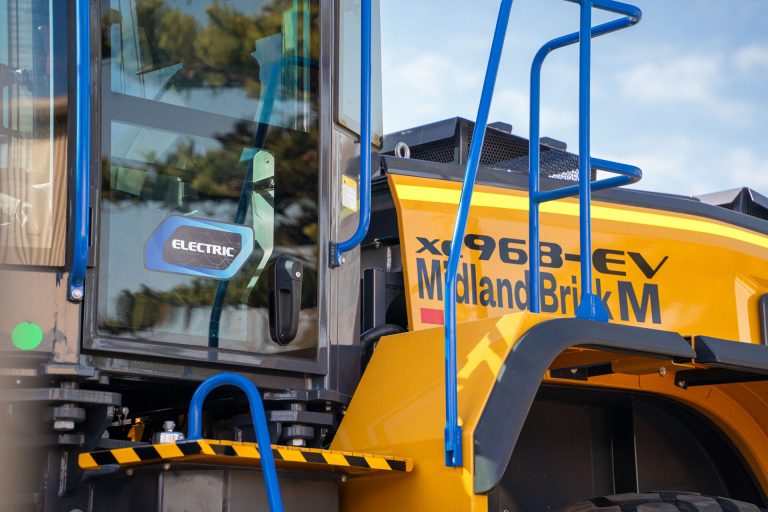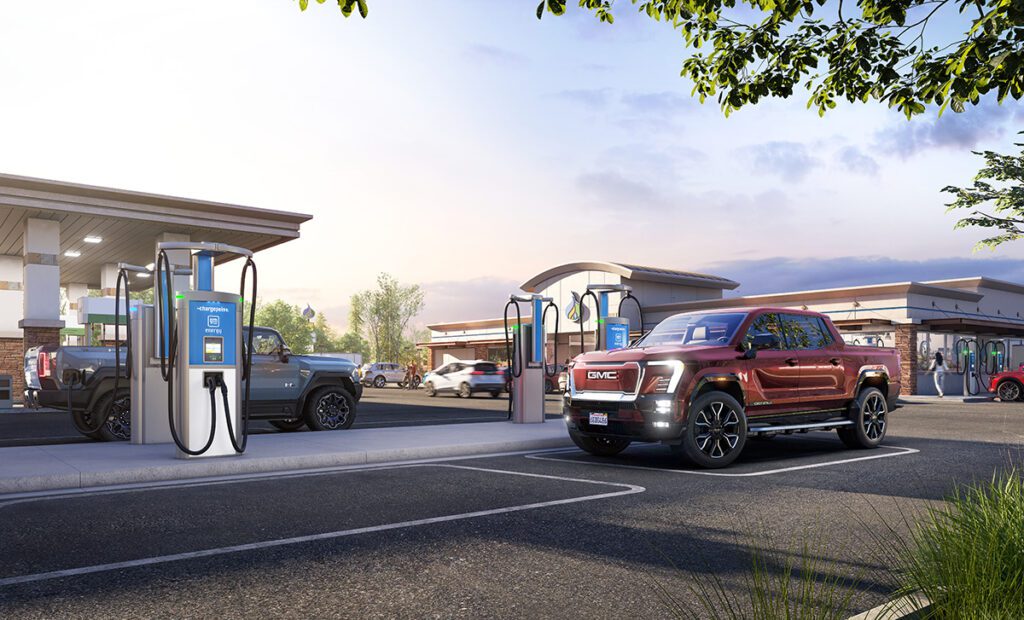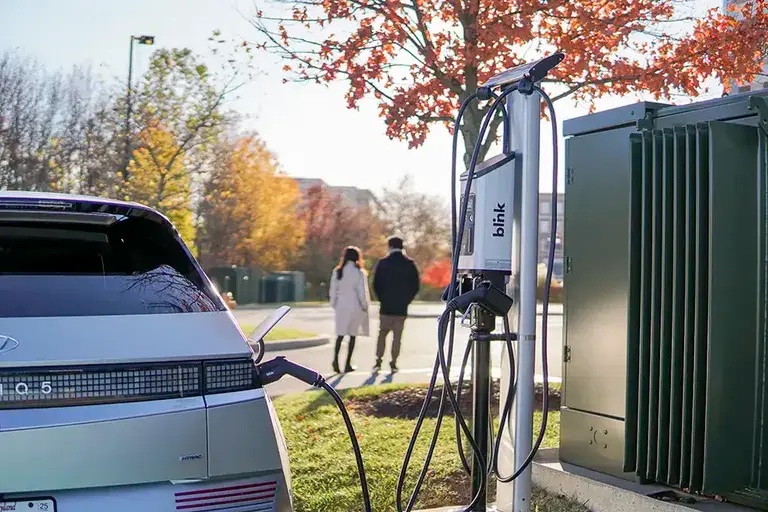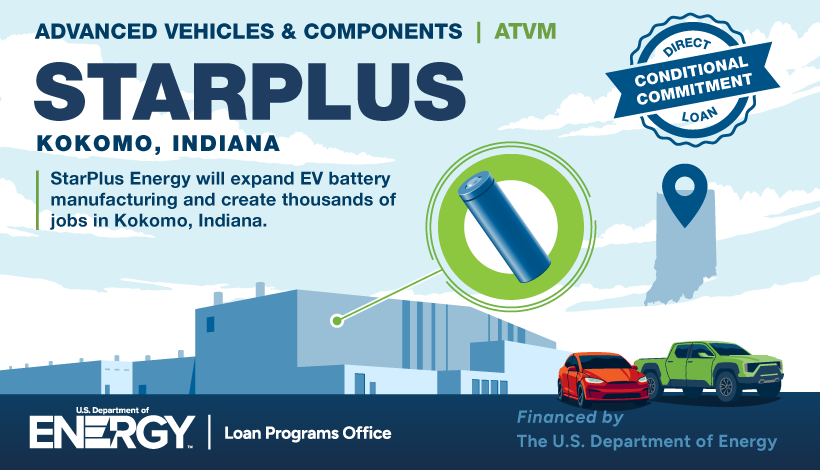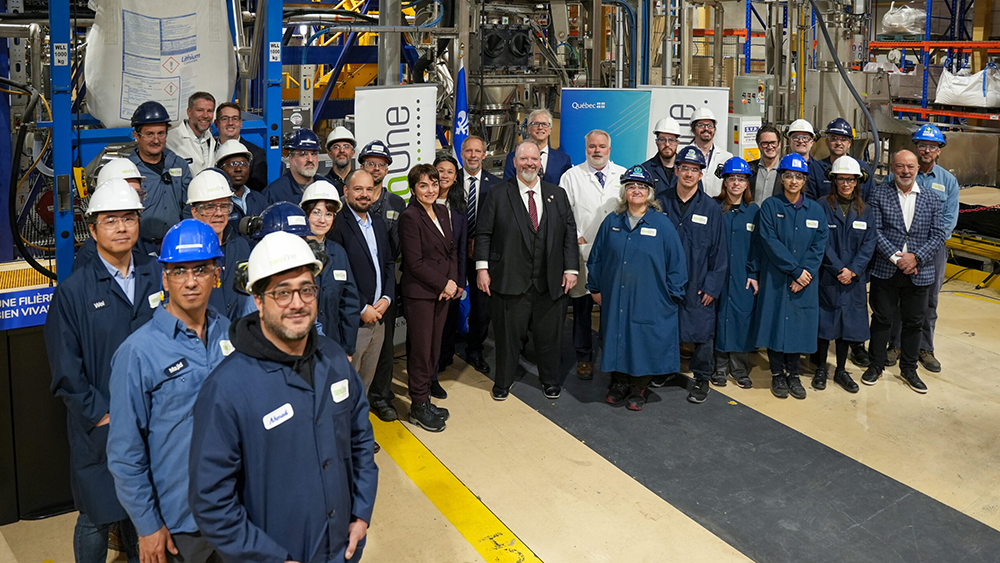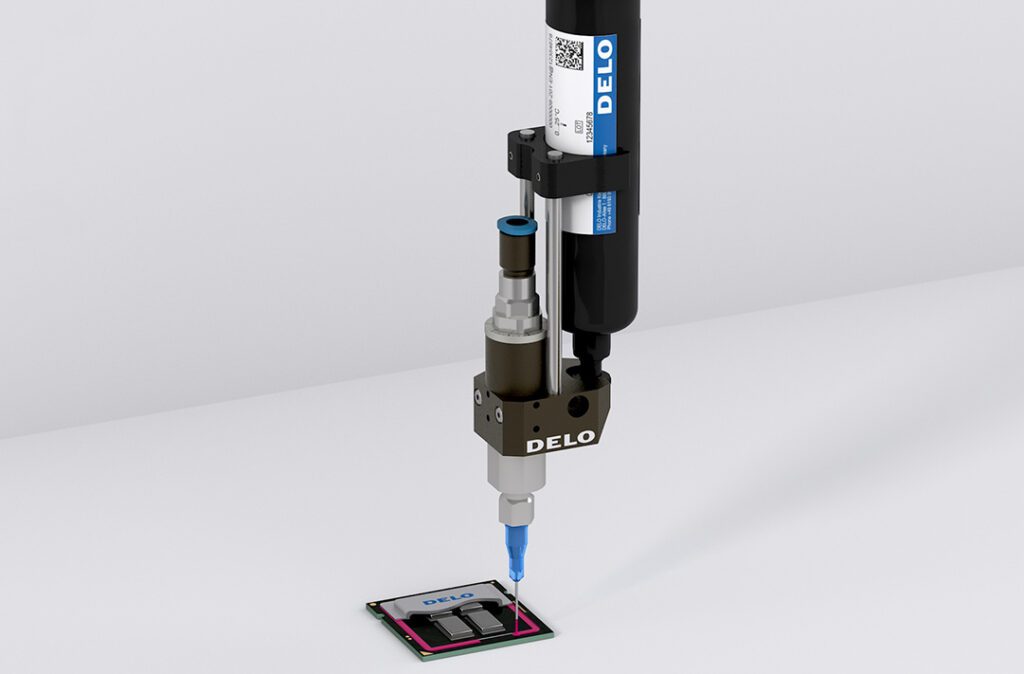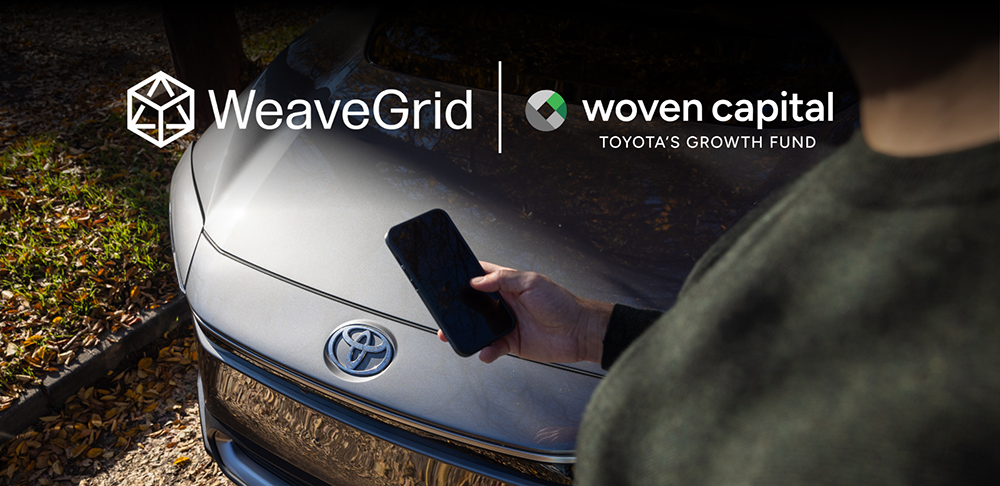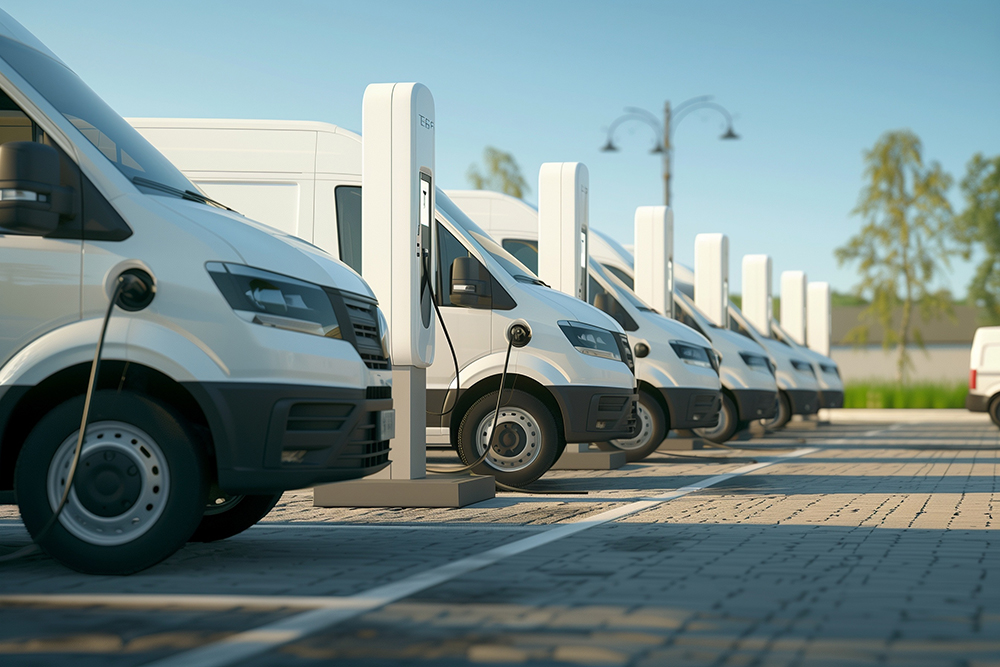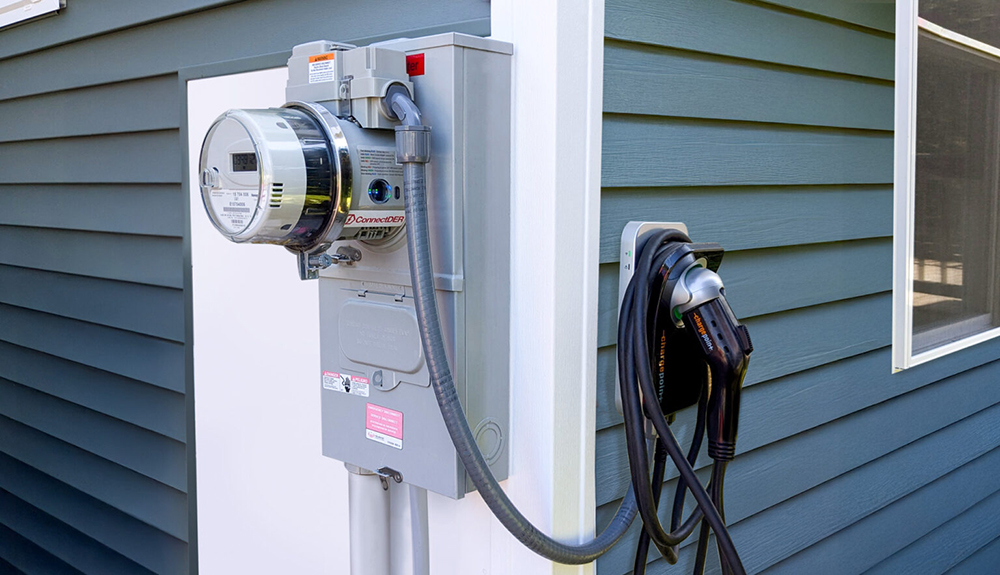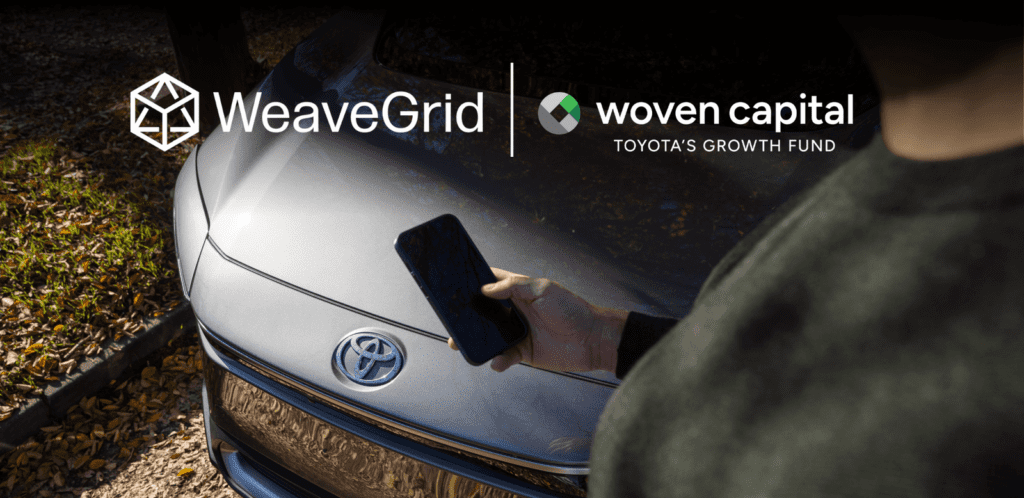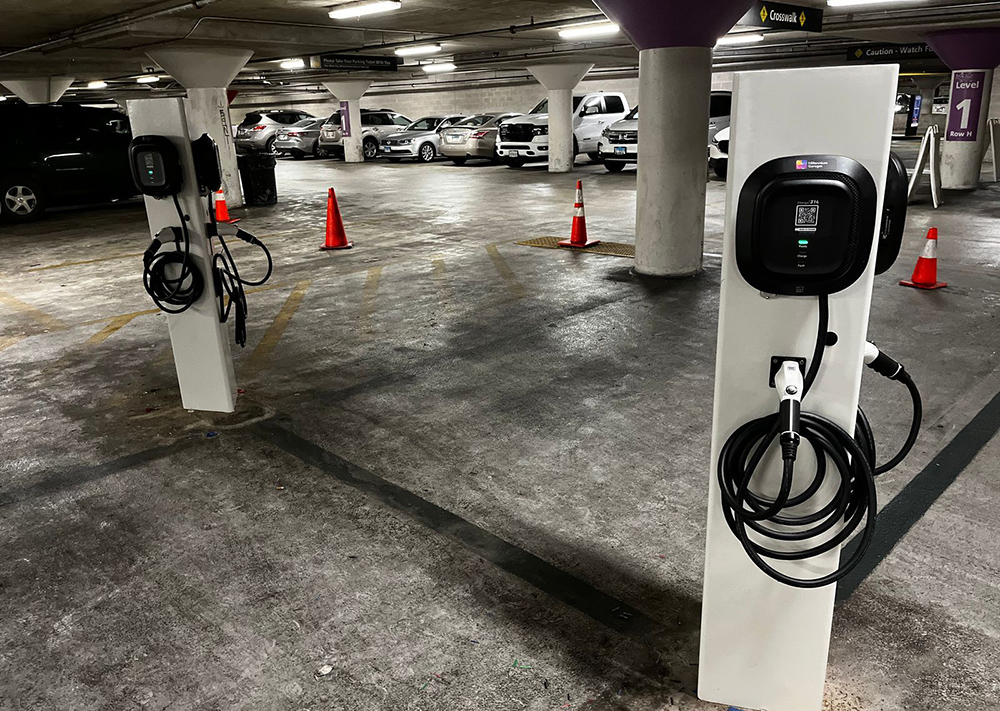The Formula E electric racing championship made a huge
impression on its first visit to the Swiss capital of Bern, a picturesque city
that’s far from familiar with motorsport (last year’s Zurich
e-Prix was the first auto race to be held in Switzerland in 60 years).
This is the second season for Formula E’s second-generation race car, which is designed to complete the entire 45-minute (plus one lap) race without a pit stop. As Garth of the Mahindra Racing team explained to Charged, the power level, state of charge and battery temperature must be closely monitored at all times. In the paddock, the Mahindra team has not only a charger (65 kW, made by McLaren Applied Technologies) but a cooler, which hooks up to the car to circulate liquid coolant through the battery pack. There’s also a sort of emergency cooling port – if the battery temperature rises to dangerous levels, water can be injected to quickly cool it down.
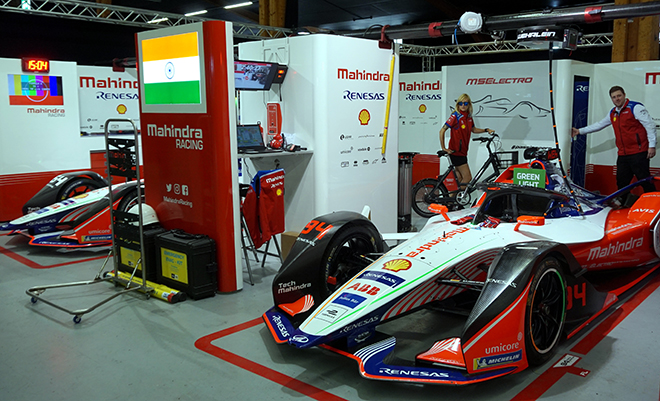
During the race, the battery delivers a maximum of 54 kWh of energy to the motor. Maximum power is 200 kW in normal race mode, or up to 250 kW when Attack mode and/or Fan Boost mode are engaged. Each car weighs 900 kg, of which the battery accounts for 385 kg. Top speed is 174 mph, and 0-100 km/hr acceleration takes place in 2.8 seconds.
Jean-Eric Vergne of the DS Techeetah team took first place in Bern, but the race was also a triumph for Swiss racing fans, as local hero Sébastien Buemi, driving for Nissan, made it onto the podium with a third-place finish.
Not all the Bernese were happy about hosting Formula E. During the preparations for the race, around a thousand protesters who wish to “pull the plug on Formula E,” rode bikes around the race course, and some banners and outdoor ad media were vandalized. According to Swiss Info, the protestors questioned the environmental benefits of the event, pointing out that the massive infrastructure was brought in on diesel-powered trucks. As reported by the Oltner Tagblatt, the protesters also demonstrated in front of the Swiss Parliament building, where a representative of the SVP, Switzerland’s far-right political party, looked on with a broad grin.
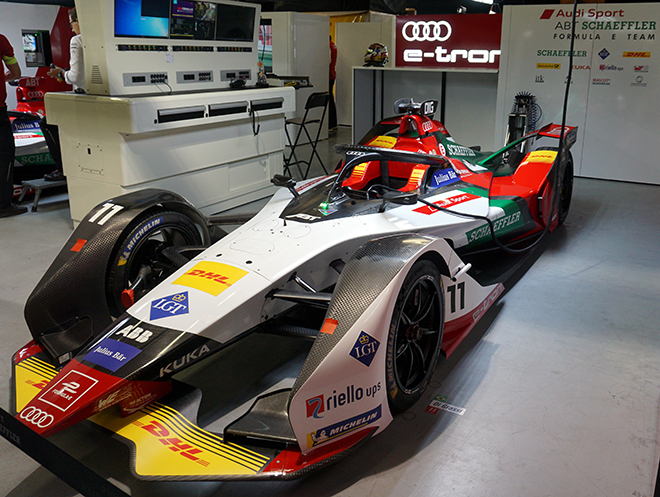
Some also complained that Bern’s city government had granted a permit for the event without consulting Parliament or residents. There’s no question that peoples’ daily routines were disrupted – a large section of the city center, including the Bear Pit, the city’s most famous tourist landmark, was closed to traffic, and a major shopping street was lined by exhibitors and vendors. However, city officials said they were pleased with the outcome of the event, which was attended by an estimated 130,000 people. At this point, there are no firm plans for another Formula E race in Bern, but there is a race scheduled for Geneva in 2021.
Formula E’s constructive role of introducing EVs to the general public was palpable. I was especially encouraged to see that several major automakers hosted exhibits in the “E-Village,” with currently available EVs on display. Most of the Formula E team sponsors were there, including BMW, Audi, Jaguar and DS. The Hyundai Kona, Audi e-tron and Porsche Taycan were all on display. DS, the premium brand of Groupe PSA (Peugeot and Citroën) showed two versions of the Crossback E-Tense, a new electric SUV.
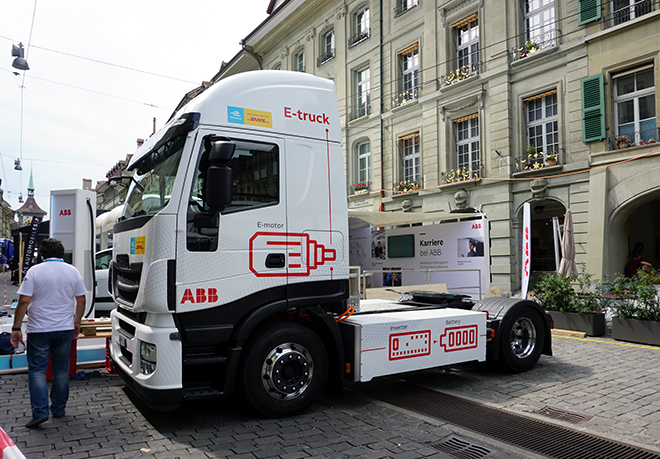
Yes, much gasoline and diesel fuel gets burned to make a Formula E race (or any other major event) happen, but the organizers place the greater goal of reducing the world’s fuel consumption front and center (there was also a battery-electric semi-tractor on display). By now, most consumers are aware of the existence of EVs, but many are still ignorant of the fact that electric powertrains offer superior performance, and that there is a selection of electric models available to buy now. The racers on the track showed what EVs can do, and the crossovers on display on the street showed the selection of real EVs that are available (and, for the affluent Swiss, not unaffordable) to buy and drive today.
Sources: Formula E, Swiss Info, Oltner Tagblatt




